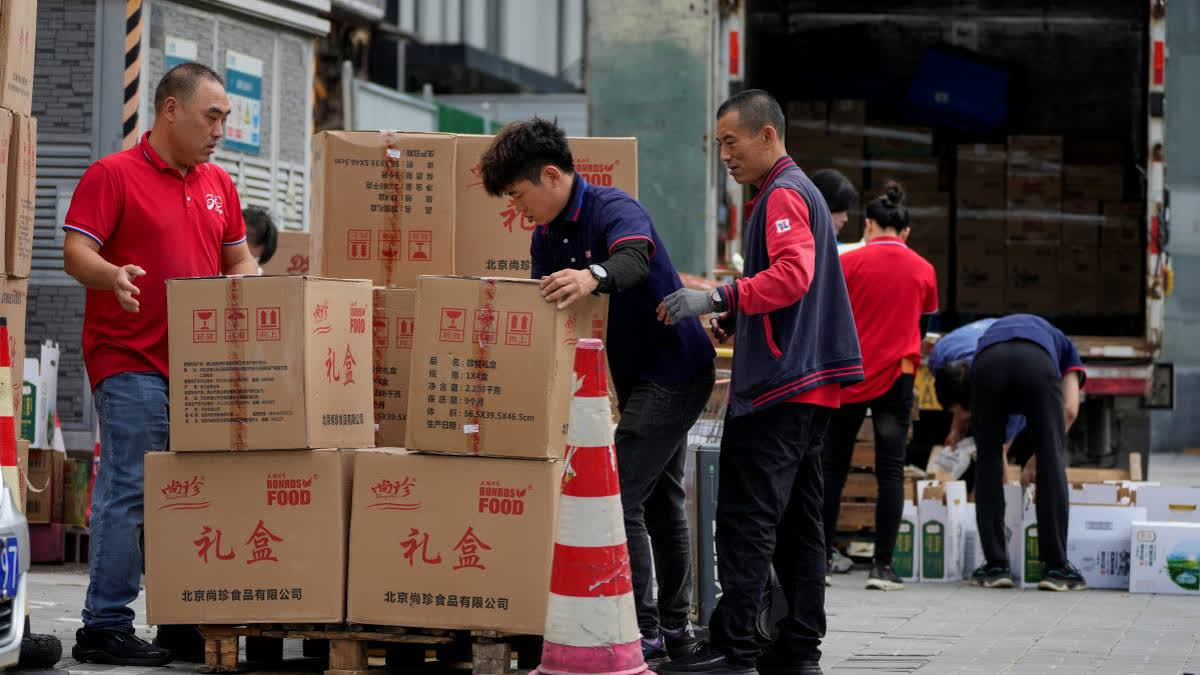Beijing (China): China rolled out a raft of measures Tuesday aimed at countering a prolonged downturn in its property market that is weighing on the world’s second largest economy. The chief of China’s central bank said it would cut the amount of reserves banks are required to keep. It also slashed interest rates on its loans to commercial banks, reduced required down payments for some property purchases and promised other moves to revive the slowing economy.
Disruptions and job losses during the COVID-19 pandemic, coupled with falling prices for homes, have left many Chinese unwilling or unable to spend, despite government efforts to encourage purchases of homes, electric vehicles and other big-ticket items. People’s Bank of China Gov. Pan Gongsheng told reporters in Beijing that the reserve requirement for banks would be cut by 0.5 percentage points “in the near term,” and that the central bank would follow up with further cuts. That would free up more money for lending.
The news lifted share prices, especially for real estate developers. Hong Kong's Hang Seng index jumped 4.1%, while the Shanghai Composite index was up 4.2%. Regulators also plan new policies to stabilize the stock market, Pan and other officials said. Stock prices in China peaked before the global financial crisis in 2008 and have mostly flatlined since then.
Analysts said the latest, coordinated approach to supporting the property sector might be more effective than earlier, piecemeal efforts that so far had brought only scant relief. The Federal Reserve's half-a-percentage point rate cut last week also alleviated pressure on the Chinese yuan, giving the PBOC more leeway to act.
It's “a step in the right direction,” Julian Evans-Pritchard of Capital Economics said in a commentary. “But it will probably be insufficient to drive a turnaround in growth unless followed up with greater fiscal support,” he said. Unlike the U.S., where inflation due to a hot economy has been the main preoccupation of policymakers in recent years, China has been contending with slowing growth and downward pressure on prices due to slack demand.
